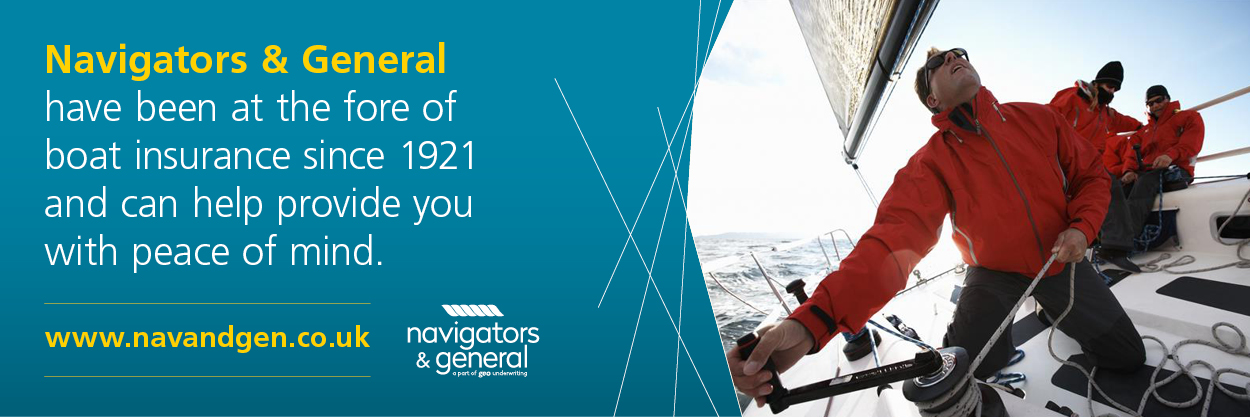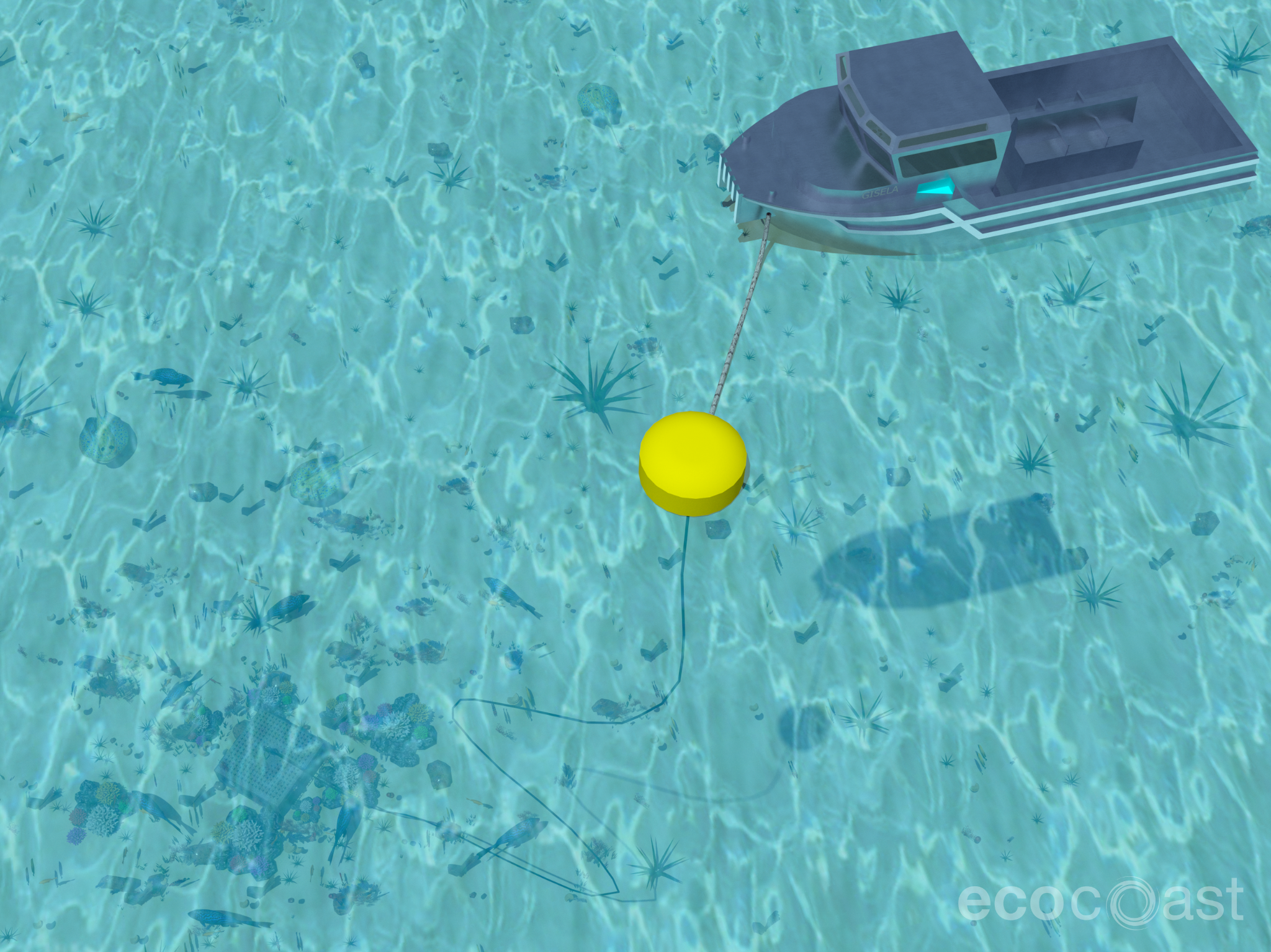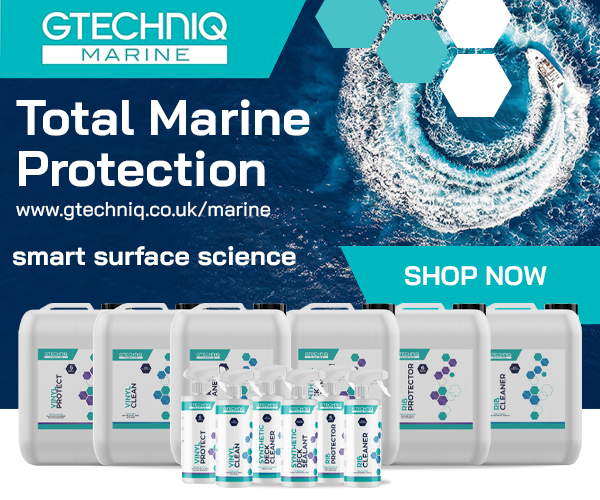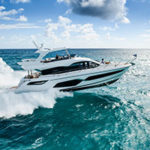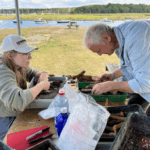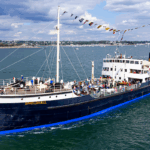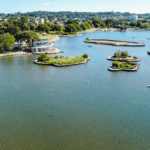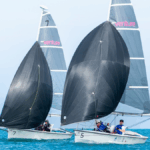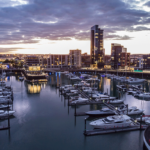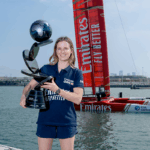By Michael Sims, Area Business Developer, Ecocoast
As the world marks World Biodiversity Day, Sir David Attenborough’s new film, Ocean, offers a powerful reminder: “the most vital place on our planet is not on land, but beneath the waves”. The ocean is our planet’s life-support system, home to more than 80% of Earth’s biodiversity, a regulator of climate and a source of food and livelihoods for billions.
Yet, as Attenborough so vividly shows, the ocean is under threat. While overfishing and plastic pollution make headlines, one of the most overlooked dangers to marine ecosystems is the way we anchor our boats and marine infrastructure. Traditional mooring systems – heavy chains and concrete blocks – drag across the seabed, scouring fragile habitats like seagrass meadows and coral reefs. These scars not only destroy biodiversity but also diminish the ocean’s ability to store carbon and buffer the impacts of climate change.
Why does this matter?
Coral reefs, for example, cover less than 1% of the ocean floor but support over 25% of all marine species, and in addition, provide billions in economic value through fisheries and tourism. Seagrass meadows are among the planet’s most efficient carbon sinks. When these habitats are damaged, we lose not only biodiversity but also crucial ecosystem services that benefit humanity.
Ocean with David Attenborough is not just a warning – it is a call to action. He shows that the ocean has a remarkable ability to recover if given the chance. In marine reserves where protection is enforced, coral and fish populations have rebounded, demonstrating that effective stewardship can reverse decades of damage.
Innovation for marine protection: Sustainable mooring solutions
One area where innovation is making a real difference is in the development of sustainable mooring systems. Working in collaboration with marine biologist Dr. Aaron Bartholomew of the American University of Sharjah, our team has developed Ecoreef – an eco-engineered mooring block designed from environmentally friendly concrete. Unlike conventional mooring blocks, Ecoreef is engineered to enhance marine ecosystems, providing shelter for coral and juvenile fish and mimicking natural reef structures to encourage the formation of new marine communities.
Paired with Ecomoor, a neutrally buoyant mooring line that floats above the seabed, these systems prevent the destruction caused by traditional moorings. Instead of dragging and scouring the ocean floor, they protect sensitive habitats and actively support the recovery of marine life.
The impact: Real-world results
These solutions are not theoretical. In the Red Sea – a region renowned for its unique coral reefs – over 60 installations of Ecomoor have already been deployed, protecting nearly 1,700 meters of sensitive habitat. These projects support the United Nations Sustainable Development Goals, including “Life Below Water”, “Climate Action” and “Responsible Consumption and Production”.
A path forward for biodiversity and climate
If we are serious about halting and reversing biodiversity loss, we must address not only the visible threats but also the hidden ones, like outdated mooring practices. Small changes in marine infrastructure can yield outsized benefits for our planet. As Attenborough reminds us, “If we save the sea, we save our world”.
This World Biodiversity Day, I urge policymakers, industry leaders and the boating community to embrace sustainable mooring solutions. By rethinking how we anchor our seas, we can protect biodiversity, enhance ecosystem resilience and ensure that future generations inherit a thriving ocean.
For more information on the sustainable mooring solutions, contact Ecocoast at info@ecocoast.com or visit www.ecocoast.com.




